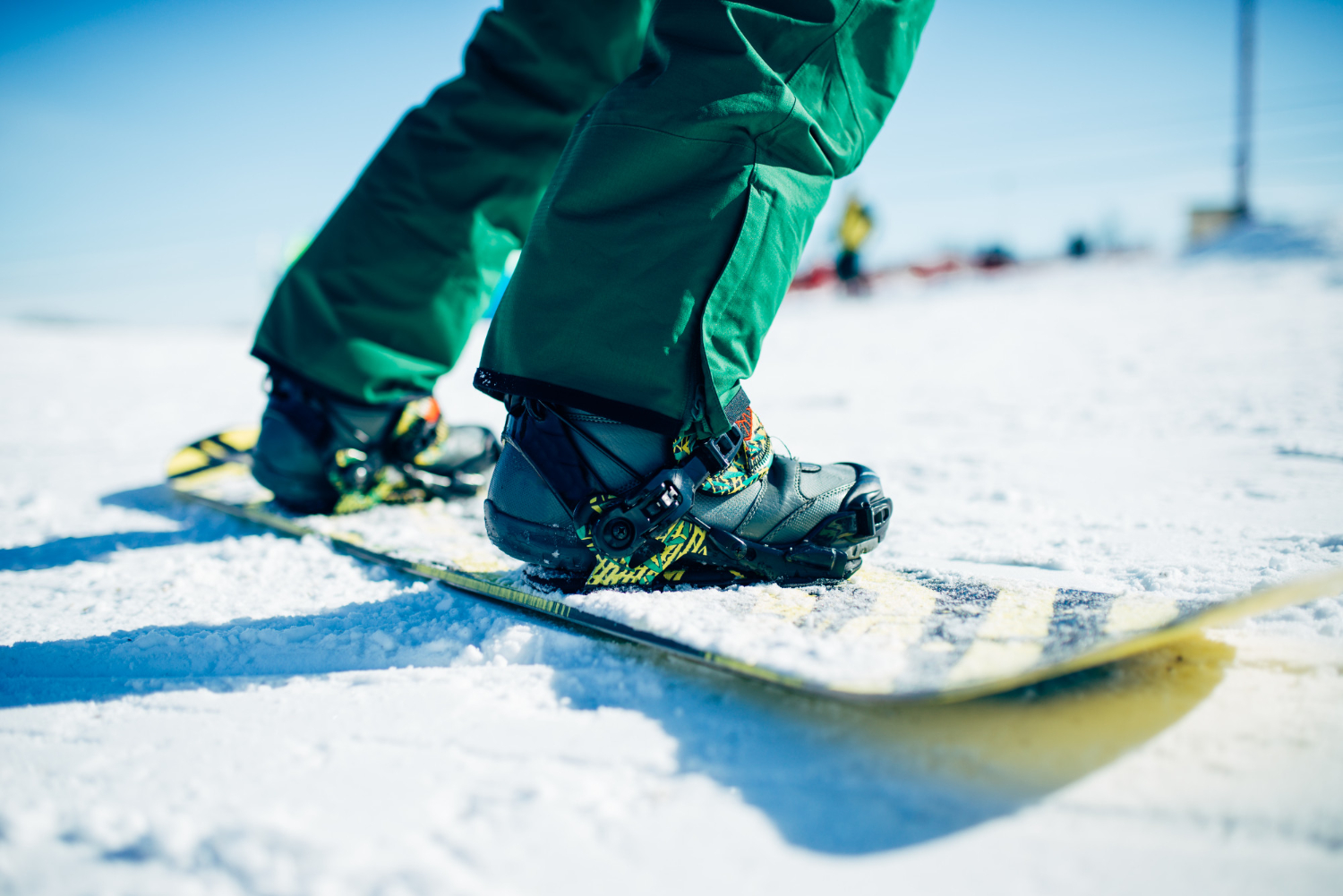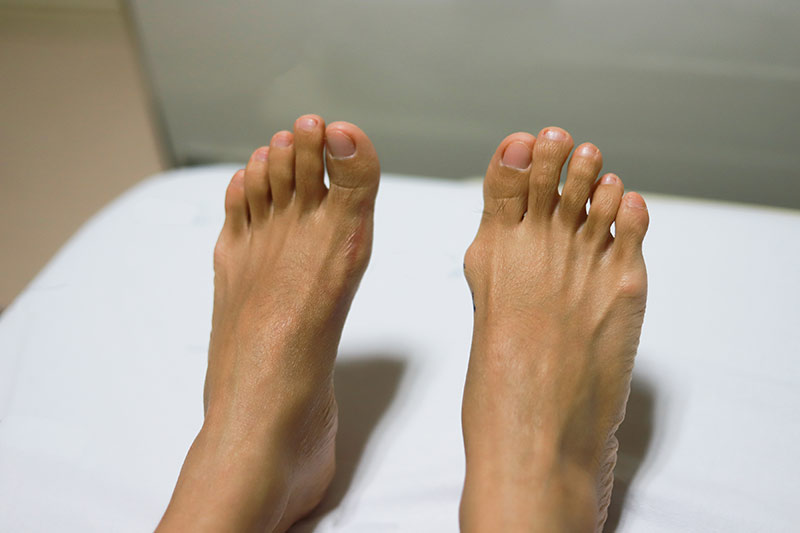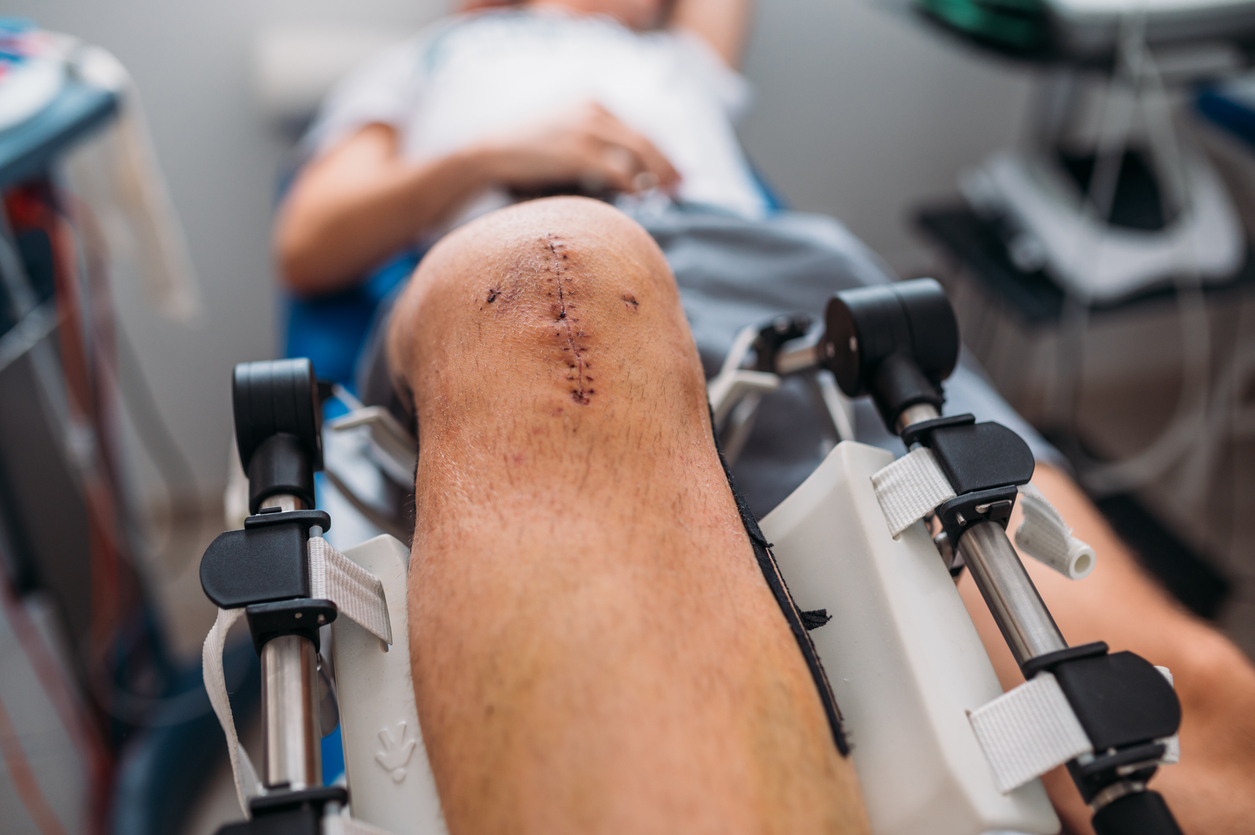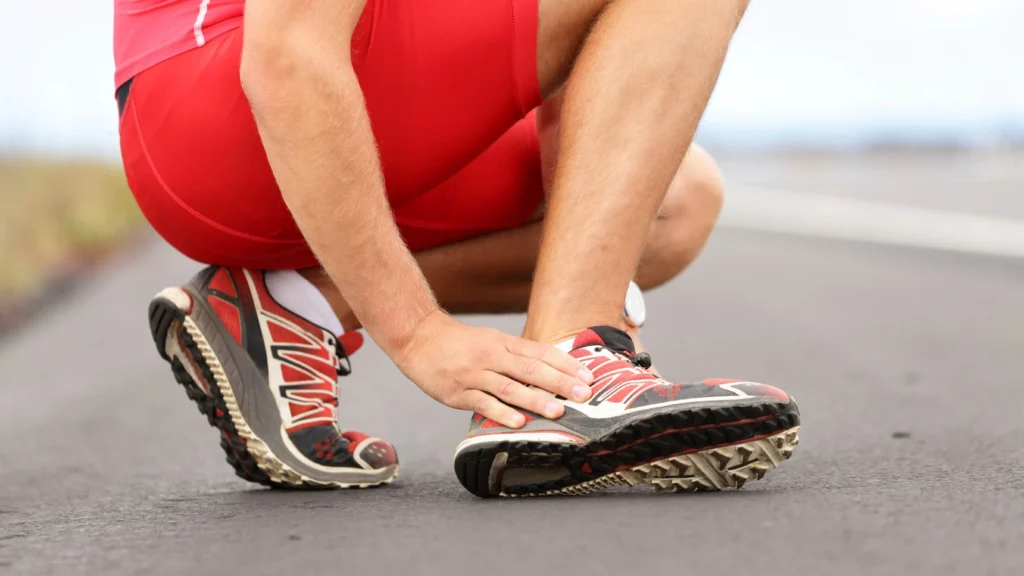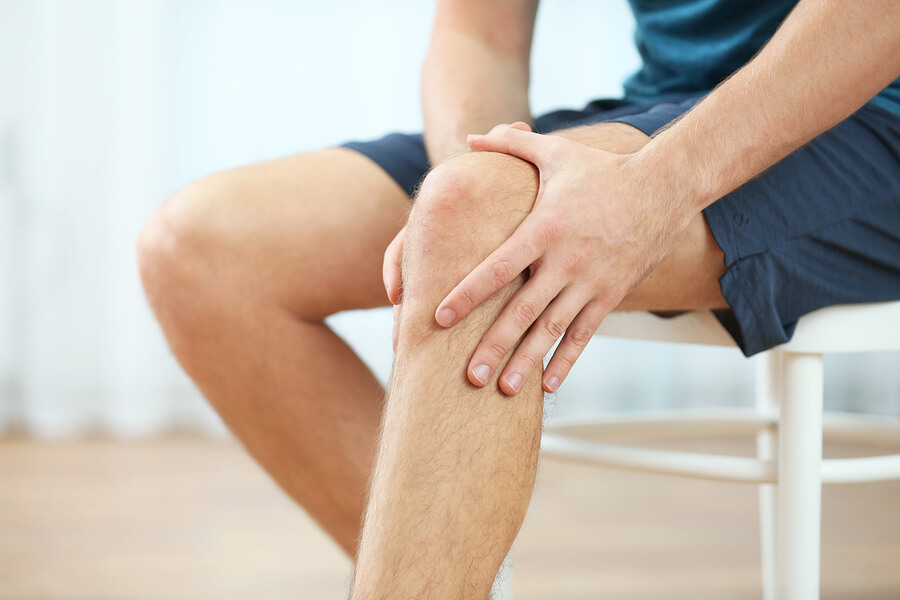Whether you’re sprinting down the football field, clocking miles in your running shoes, or hopping off your spin bike after cycling training, your feet do more than you give them credit for. But here’s the thing: foot and ankle pain is one of the most ignored red flags in sports.
Most athletes and active individuals tend to dismiss that twinge in the heel or dull ache in the arch as “nothing serious.” But what starts as a mild nuisance can evolve into a chronic sports injury that lingers far longer than expected, ultimately affecting your performance, posture, and overall movement.
Let’s dive into why your foot pain might not be as minor as it seems, and how early treatment can help you stay active for the long haul.
Foot and Ankle Pain? Maybe More Than Just a Sore Spot
Your feet are complex structures, 26 bones, 33 joints, and over 100 tendons, ligaments, and muscles working together with every step. It’s no wonder they’re prone to wear and tear, especially during high-impact sports or endurance training.
Here are some of the most common causes of foot and ankle pain in athletes:
- Plantar fasciitis – sharp heel pain, especially in the morning or after long periods of activity
- Stress fractures – tiny cracks in the bone from repetitive force (often seen in runners)
- Achilles tendinopathy – pain at the back of the ankle due to overuse of the Achilles tendon
- Ankle sprains – stretched or torn ligaments from sudden twists or missteps
- Bunions or flat feet – structural issues that worsen with high-impact sports
Left unmanaged, these conditions can develop into chronic pain, reduced mobility, and even altered gait patterns, which means you could unknowingly be setting yourself up for knee, hip, or back problems down the line.
“It’s Just a Bit of Pain” Until It Isn’t
Here’s the truth: many sports injuries start out feeling harmless.
A weekend warrior might feel a mild twinge after a long run and choose to “walk it off.” A football player might play through the pain with a tight ankle wrap. A cyclist might ignore that persistent ball-of-foot ache during every ride.
But continuing to push through foot or ankle pain without proper assessment can:
- Delay healing
- Cause inflammation to worsen
- Lead to compensatory injuries elsewhere (e.g., shin splints, hip strain)
- Force long breaks from training, or worse, lead to permanent damage
The takeaway? Pain is your body’s way of waving a red flag.
When to Worry: Signs It’s More Than Just Soreness
If you’re experiencing any of the following, it’s time to get your foot or ankle checked out:
- Pain that doesn’t improve with rest or returns after activity
- Swelling, bruising, or warmth in the area
- A sensation of instability, clicking, or locking
- Numbness or tingling
- Changes in how you walk or run
Don’t wait until the pain sidelines you from training. Getting an early orthopaedic opinion can help you recover faster and return to sport with confidence.
Early Intervention Makes the Difference
At The Orthopaedic Practice and Surgery (TOPS), we treat patients across the sports spectrum, from casual joggers to competitive athletes. Our team specialises in foot and ankle injuries, using modern diagnostic tools and evidence-based treatments to support optimal recovery.
Your journey with us may include:
- Comprehensive assessment by an orthopaedic specialist
- Advanced imaging (e.g., X-rays, MRI) to identify hidden damage
- Personalised treatment plans, from conservative care like physiotherapy and orthotics to minimally invasive procedures if needed
- Rehabilitation guidance tailored to your sport and goals
Our focus is not just on treating pain, but on preventing recurrence and helping you move.
Don’t Let a Foot Injury Take You Off Track
Your feet carry you through every game, every kilometre, every personal best. Treat them with the same attention you’d give your knees, shoulders, or spine.
If you’ve been pushing through foot and ankle pain, it’s time to stop guessing and start healing. Ignoring the signs today could mean sitting out tomorrow’s race or struggling with mobility years down the line.
Let’s catch small problems before they become big ones. Book your orthopaedic consultation with TOPS today for a pain-free performance.
Is foot pain affecting your game? Contact TOPS now to schedule your assessment.


